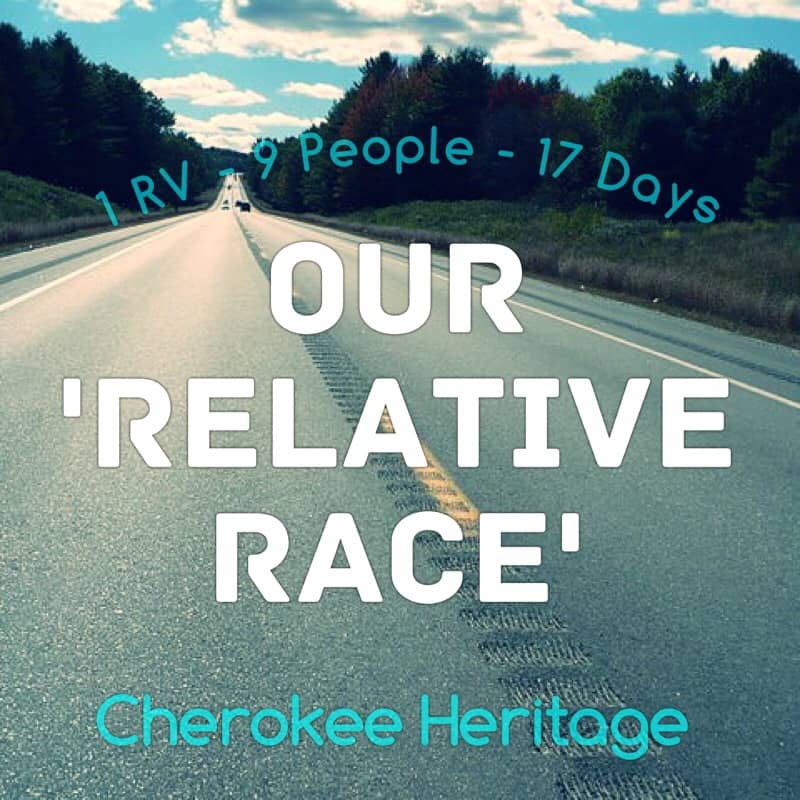
During the month of June, we took our family on a cross-country road trip. 1 RV. 9 people. 17 days. We included many family history activities along the way. To catch up on our trip so far:
Preparing for Our ‘Relative Race’
Our ‘Relative Race’: Treasures Untold
Our ‘Relative Race’: An Unexpected Gift
My grandfather, Walter Fredric Corn, was a citizen of the Cherokee Nation. My Cherokee heritage was the first part of my heritage I wanted to learn about when I started genealogy research as a young teen. When I realized we would be close to the Cherokee Heritage Center on our road trip, I was determined to include a visit there!
The Cherokee Heritage Center was built in the 1960s on the original site of the Cherokee National Female Seminary; its purpose is to share the Cherokee story with all who visit. The Center is located outside of Tahlequah, Oklahoma, in a rural area. Our drive there was very serene with beautiful scenery.

We first toured the indoor museum exhibit, “Threads of Time: Cherokee Clothing Exhibit”. This fascinating exhibit displayed examples of Cherokee apparel from earliest recorded history (typically observations from European explorers), to modern times. While every member of the family enjoyed this exhibit, our oldest teen daughter was enthralled. She dreams of being a fashion/costume designer and loves to incorporate historic and cultural elements into her designs, so this exhibit literally SPOKE to her! Although photography was strictly prohibited in this exhibit, she was furiously taking notes about the details of the clothing for future reference. Needless to say, her souvenirs included patterns for historic Cherokee clothing.
Another section of the museum featured a Trail of Tears exhibit with a striking combination of sculpture, lighting effects, audio effects, and narrations of several stories of individuals’ and families’ experiences on the trail. We were all deeply touched to think of the harsh, unfair treatment that our ancestors, their relatives and aquaintances endured.

Outdoors, we toured the 1710 Cherokee “Living History” Village, Diligwa. Our tour guide taught us many aspects of Cherokee culture and community as they were at the beginning of the 1700s. We enjoyed learning about how our Cherokee ancestors lived. We learned that they were an agricultural tribe; that they had summer and winter homes, built to keep them comfortable during each season; that they had deep respect for the women of their tribe; that they made decisions unanimously as a group; that their young children learned hunting and farming skills that many modern adults never learn today. We watched our guide make an arrowhead from a rock in five minutes flat. He threw a spear a very far distance with an atlatl, and explained to us that young boys began their training with blowguns as young as four years old. The young boys were charged with keeping birds and small mammals out of the crops with the blowguns. (My five year old thought we should implement this job for him at home.) The guide taught us about Cherokee pottery, and some about Cherokee spiritual beliefs and traditional medicine and healing. We learned that the Cherokee would often resolve disputes with an intense game of stickball. (My teen boys were fascinated by this fact, and the game.) We learned that the women dressed very plainly, but saw it as a point of pride to dress their husbands in colorful ornamentation. Our oldest daughter was aghast to learn that she would already be married and have a child or two in a traditional Cherokee society.

One final part of the Cherokee Heritage Center that I planned to explore while my family took a break for lunch (who needs lunch when there are ancestors to be found?) was the Family Research Center. Earlier in the day, I was told that the genealogist had something come up and could not open the center; but, thankfully, the genealogist resolved the issue after all and came later in the morning. (Phew!) The Center is a small-ish area at the back of the Museum, lined with bookcases and file cabinets, and a few tables and chairs in the middle. In my limited amount of time, I browsed the collection to find items unique to the center, and not accessible elsewhere. I found a few binders with additional documentation for my Cherokee ancestors. I also browsed a few books with more complete stories of Daniel Davis, a Cherokee planter who lived in Georgia. Overall, the center’s collection included mostly items I had already found other places over the years. But I was glad to have had a chance to look. The Center would be a fabulous resource for those just beginning their Cherokee ancestry research.
It was fabulous to learn about and feel a connection with this part of our heritage. It was especially touching for me; it made me feel closer to my grandfather, whom I never had the opportunity to meet. The children relished this hands-on experience and expressed that they would like to learn about all parts of their heritage in this way! (Score for this genealogy-loving mama!! Happy to oblige, kiddos!)
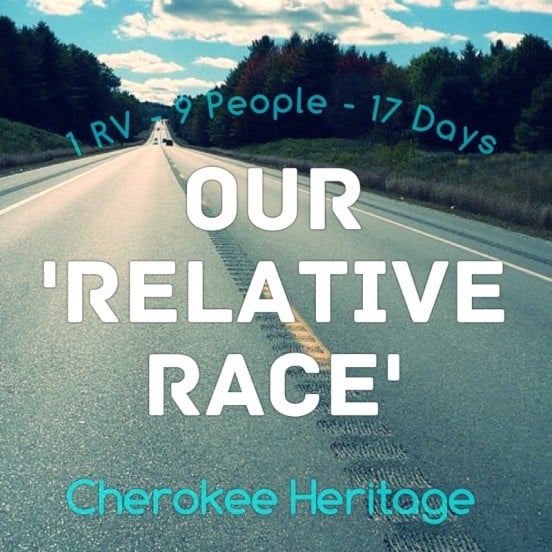
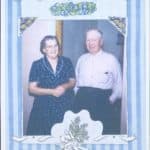

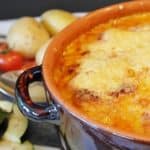
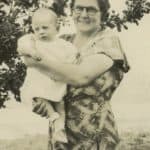

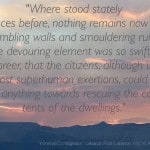
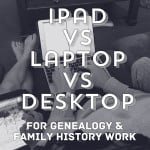
Linda Stufflebean
July 27, 2016 — 2:34 pm
What a great opportunity to visit Tahlequah to learn more about your Cherokee heritage. You are also lucky to have been able to prove that heritage. I suspect that my husband’s ancestor married a Cherokee woman, as his brother had done. However, while his brother’s descendants registered with the tribe, his did not and I can find no documentation to support my theory.